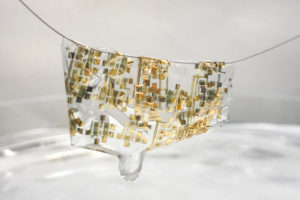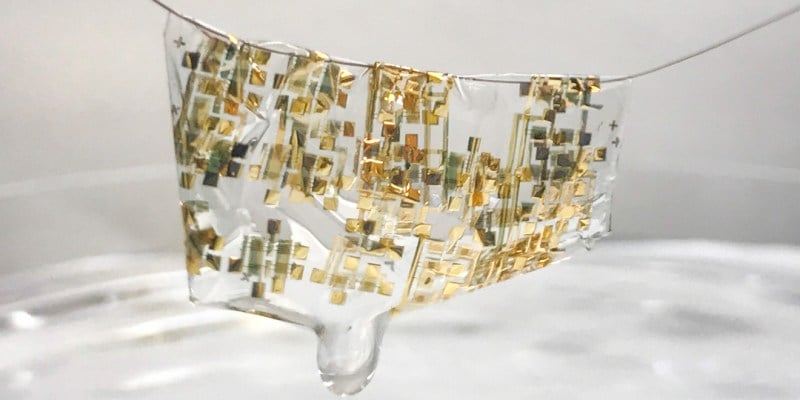
A Stanford research team led by Zhenan Bao, professor of chemical engineering and materials science and engineering, has recently created an easily degradable and flexible electronic device to navigate the widespread problem of electronic waste. Electronic waste refers to devices that are no longer functional and often get discarded irresponsibly.
Bao and her team focused on attributing high stretchability, resilience and biodegradability to this new kind of device. The results of the invention were published on May 1 in the Proceedings of the American Academy of Sciences.
“In my group, we have been trying to mimic the function of human skin to think about how to develop future electronic devices,” Bao said to Stanford News.
Previously, Bao had created a stretchable electrode modeled on human skin. While the electrode could twist and bend, it was not degradable. The new device extended the electrode model and focused on improving sustainability. The development included both what the team called a “semiconductive polymer,” essentially flexible and conductive plastic, and an electronic circuit, all made of nontoxic material that could easily decompose.
Bao highlighted the importance of carefully choosing materials that would replace substances in electronics that are often known to be harmful. For example, the team replaced components made from gold with ones made from iron, a material known to be environmentally friendly.
The researchers also made use of cellulose with fibers modified to increase transparency and flexibility, along with chemical bonds that break down in response to acids weaker than vinegar. Such a combination allows the electronics to safely be worn on skin or transplanted inside of the human body.
“We envision these soft patches that are very thin and conformable to the skin that can measure blood pressure, glucose value and sweat content,” Bao said.
The new wave of biodegradable electronics has the potential to gather data for conditions like heart disease as well as the ability to survey landscapes and monitor ecosystems.
Bao’s research comes in the wake of the increasing severity of the electronic waste phenomenon. A United Nations report estimated that more than 50 million tons of electronic waste have been discarded in 2017 alone, marking a 20 percent increase from two years ago.
The research team, according to the study’s lead author Ting Lee, looks forward to reversing the waste problem. This study hopes to make a significant step in the right direction, Lee said.
“We currently have computers and cellphones and we generate millions and billions of cellphones, and it’s hard to decompose,” Lee said. “We hope we can develop some materials that can be decomposed so there is less waste.”
Contact Susannah Meyer at smeyer7 ‘at’ stanford.edu.
